Back to Courses
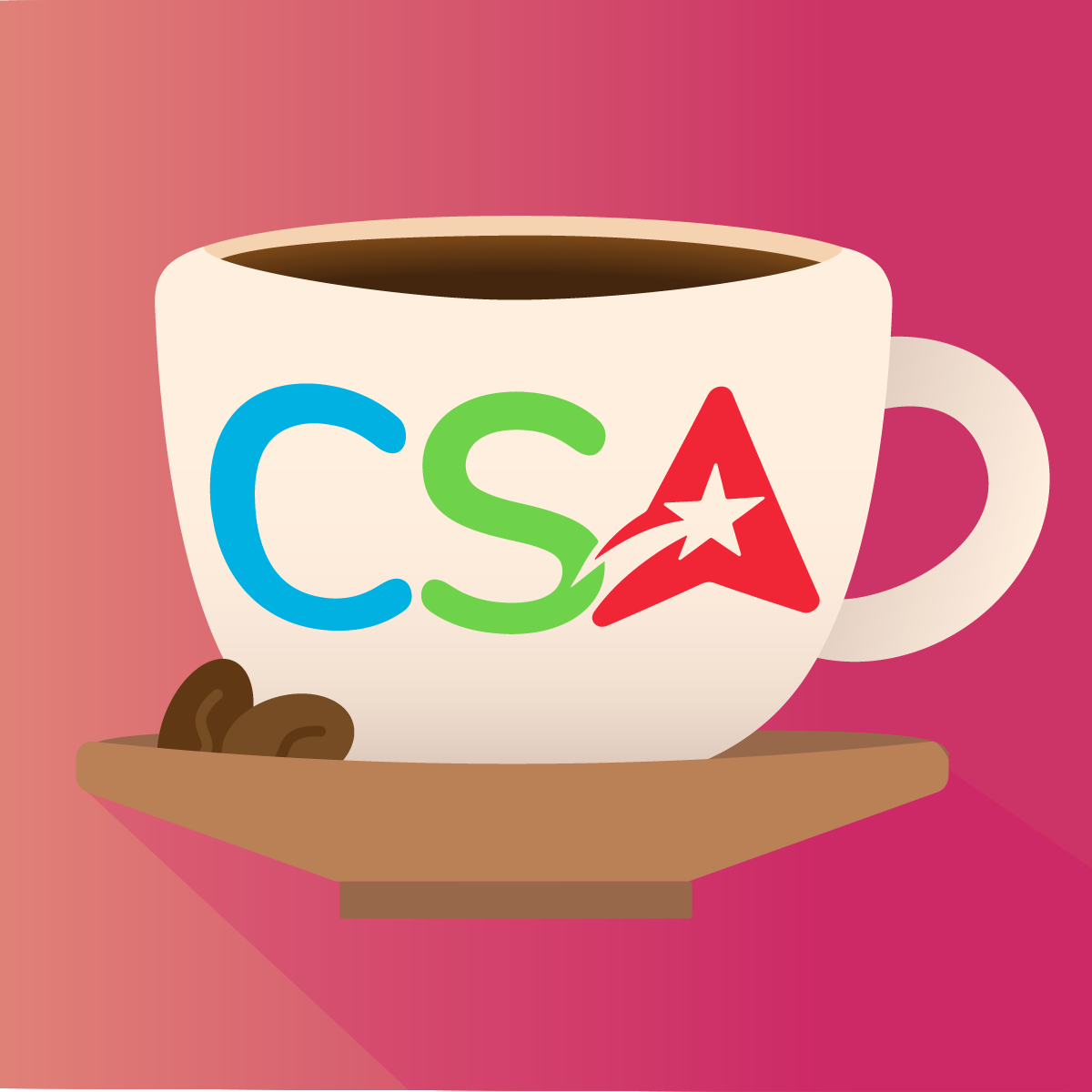
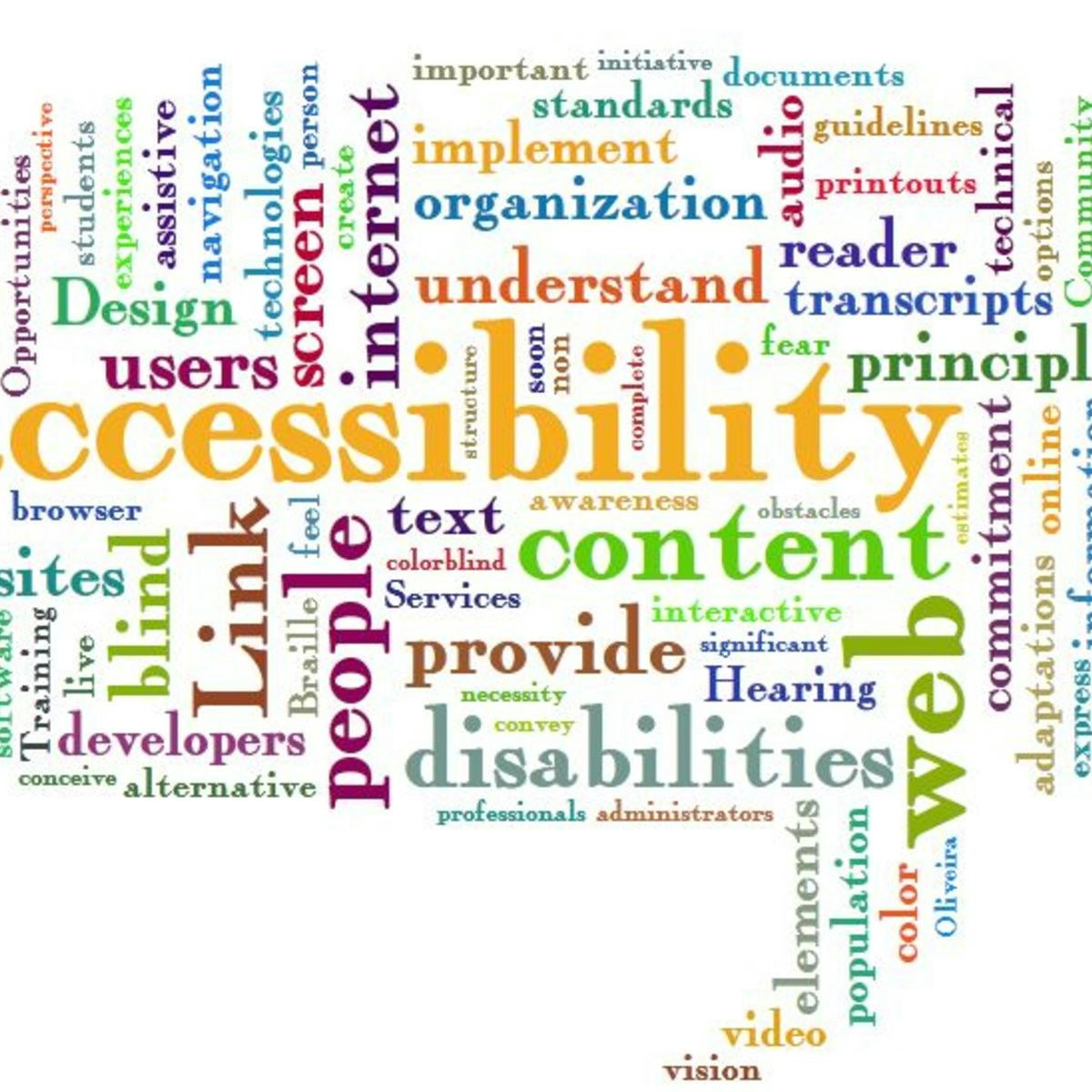
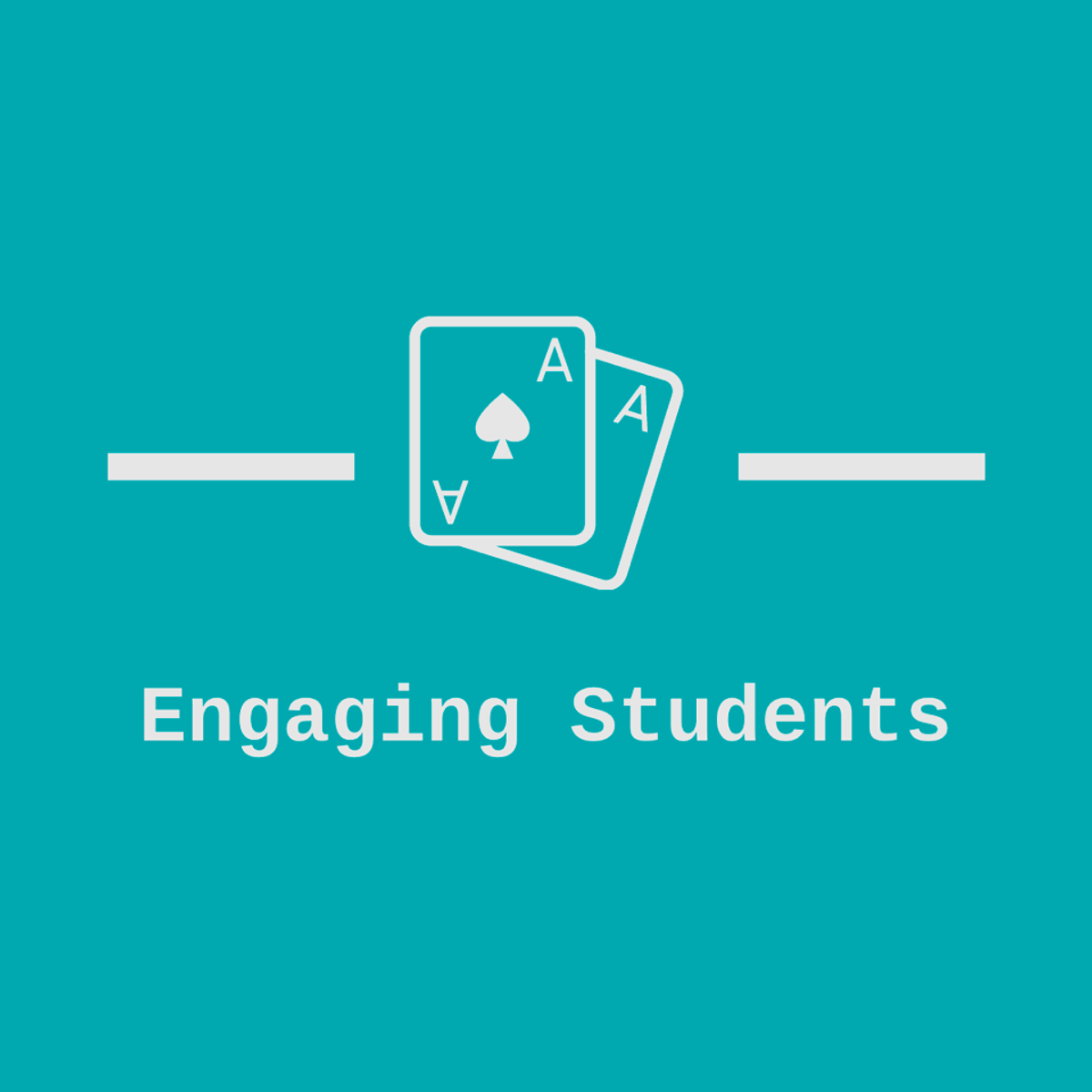
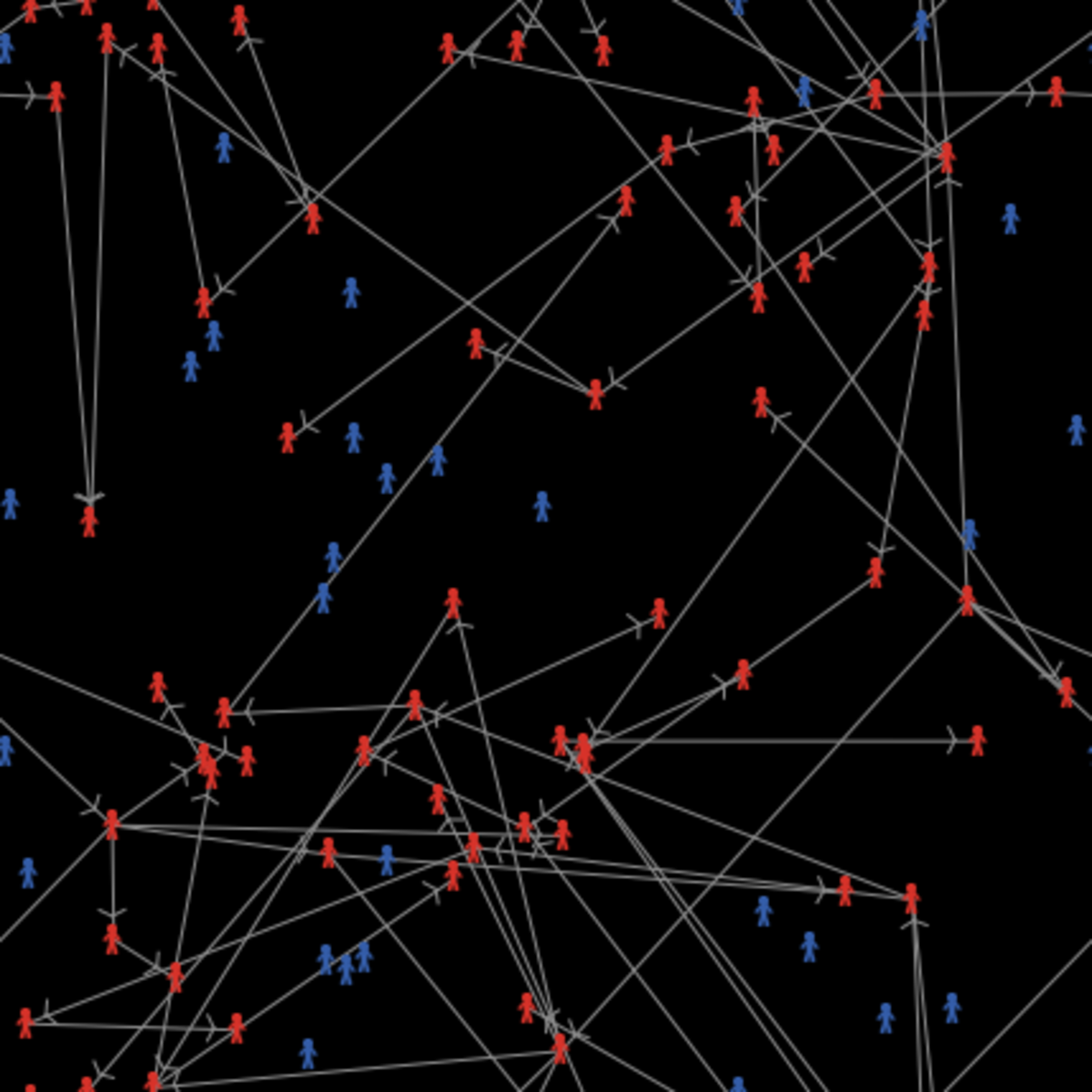




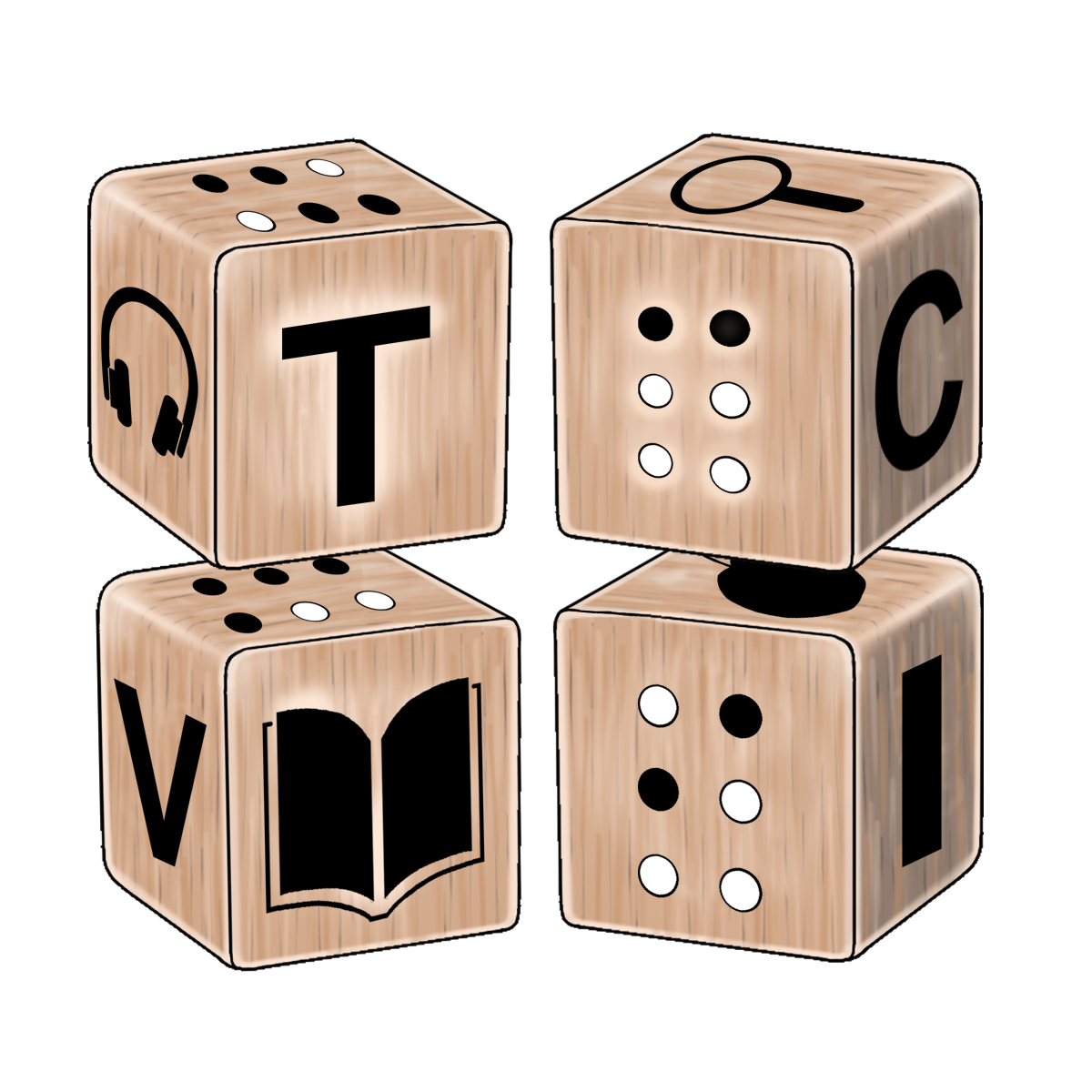
Education Courses - Page 13
Showing results 121-130 of 264

Create a Glossary in Microsoft Word 365
Long and technical documents may need a glossary of terms at the end of the document to assist readers in understanding the terminology used. Microsoft Word 365 is a free program available online that can be used to create a high-quality, effective glossary.
Learners taking this project will walk through how to create a glossary in an easy-to-follow, step-by-step format. Starting with preparing a blank document or using a prepared example document, learners will then learn how to format the text in the glossary and how to write highly effective definitions. Next, learners will discover how to format the glossary in two different ways, paragraph and table formats.
By the end of this project, learners will be confident in creating and formatting a glossary of terms that they can easily add at the end of any document to inform and engage readers.

Learn to Teach Java: Sequences, Primitive Types and Using Objects
Get started with the basics of Java, and prepare to teach others using the free, online interactive CS Awesome textbook. In this course for teachers we'll guide you both in learning Java concepts and skills but also in how to effectively teach those to your students.
This course will support you in teaching the Advanced Placement Computer Science A course or a similar introductory university-level programming course. We'll begin with simple instruction sequences, primitive types, and using objects, as covered in the APCS A Units 1 and 2. Each topic will begin by relating Java to block-based programming languages and then provide video overviews of CS Awesome content along with additional materials to supplement learning for your students.
You'll engage with additional materials to support your teaching including "deep dive" classroom discussion questions and assessment overviews and options for your students.

Basics of Inclusive Design for Online Education
This course provides instruction and strategies to support you in developing a course that is inclusive to students with a wide range of abilities, including students with disabilities. We cover effective practices to increase inclusion and avoid some of the common accessibility issues that can arise in an online course.
In particular, Basics of Inclusive Design Online covers course organization, the accessibility of Microsoft Office and PDF documents, making course instruction pages accessible, captioning of videos, making images accessible, and designing for learning differences. We also discuss how inclusive course materials can help all students, including students without disabilities.
This course will appeal to those who want both a broad overview of the range of accessibility considerations and also a step-by-step guide of how to check documents for accessibility, caption a video, or prepare course content for non-visual users.
Course logo credit: "web accessibility word cloud" by Jill Wright (https://goo.gl/xyUoeU).
Copyright - some rights remain. See https://creativecommons.org/licenses/by/2.0/

Engaging and Assessing Students with Plickers
By the end of this project, you will have created a Plickers account complete with Plickers assessments, fully equipping you to begin using Plickers with your students right away. Plickers is a free online tool that allows you to instantly check student understanding. Best of all - your students do not need their own devices in order to use Plickers. Plickers allows students to respond with QR codes as you scan the room to check for understanding! During this project, we will work together to set up your Plickers account and learn how to create assessments you can use with your class or at home. We will also learn how to use the data we collect from these assessments in order to inform and adjust our instruction.
*You will need a free Plickers account for this project.

Introduction to Agent-based Modeling with NetLogo
In this 2-hour long project-based course, you will create an agent-based model (ABM) that simulates the spread of a hypothetical virus through close contact between agents in a virtual world. By doing so, you will learn about the wonders of agent-based modeling as a paradigm, as well as the basics of NetLogo - one of the most famous and powerful simulation environments in this realm.
One of the beauties of ABM is that we can often observe emergent properties arising from the coded interactions between agents in the simulated world. Therefore, by experimenting with different interaction rules and parameters, we can gain an intuitive understanding of the underlying dynamics of varied complex phenomena. Such skills are extremely valuable for any decision making position, as well as for education, especially in a world where interconnectivity seems to be ubiquitous.
In this way, this model and project are highly attuned to the global pandemic that we’re facing due to the spread of the Coronavirus.
Note: This course works best for learners who are based in the North America region. We’re currently working on providing the same experience in other regions.

Performance Assessment in the Virtual Classroom
Welcome to Performance Assessment in the Virtual Classroom! This course will help you effectively assess student performance virtually, including compliance issues, feedback models, online grade book functions, and data analysis. We will discuss why effective measures of performance and assessment are a crucial component of any virtual program, and the importance of teachers and administrators understanding both the myths and challenges of assessing performance virtually, administering standardized testing with geographical challenges, and complying with state and local requirements to make sure students are meeting requirements.
Through the successful completion of this course, you will be able to:
• Examine the importance of authentic performance and assessment in the virtual classroom.
• Discuss academic integrity and remote assessments in the virtual classroom.
• Apply best practices for data analysis and grade book management.
• Consider performance and assessment for special populations: gifted, at-risk, and special needs students.
• Discuss the importance of instructional feedback and monitoring progress and performance using technology.

Serious Gaming
Have you ever wondered how playing games can help us to train people, deal with societal challenges or raise awareness of contemporary social issues?
In this MOOC you will learn the ins and outs of games that are designed with exactly those purposes in mind: serious games. We will define serious games and discuss the different types that have been developed. We will explain why people like to play them and what impact they may have. State of the art theories from game studies, philosophy and media psychology will be used to help you understand how serious games work and how they appeal to players. The potential impact of gaming is addressed in detail by discussing persuasive games, which aim at changing the player's attitude. Throughout the MOOC, theoretical insights will be illustrated with playful animations and case studies of serious games that are developed by world-class companies in the city of Rotterdam.
This MOOC is particularly interesting for you when you are a student considering to study digital media such as serious games, a professional interested in the opportunities these games may create for your organization, or a game developer who wants to know more about the impact serious games can have. Note that this MOOC will not teach you how to design a serious game.
Watch the teaser for this MOOC here: https://www.youtube.com/watch?v=FqjY1KSsEx8
Are you ready to broaden your vision on serious games? Join this course and be inspired!

Use Microsoft PowerPoint to Create a Visual Schedule
By the end of this project, you will have created a visual schedule that you can use with your class to provide structure for their day. Visual schedules can relieve any anxiety students may have about what comes next and provide an opportunity to discuss any changes to the day. This will help your students feel more calm and ready to learn. Visual schedules are also essential tools for students with Autism Spectrum Disorder or learning needs. By using a visual schedule, you can differentiate their learning goals for the day in a way that allows them to feel prepared for each new task and ready to move on when each task is complete.

e-Learning Ecologies: Innovative Approaches to Teaching and Learning for the Digital Age
For three decades and longer we have heard educators and technologists making a case for the transformative power of technology in learning. However, despite the rhetoric, in many ways and at most institutional sites, education is still relatively untouched by technology. Even when technologies are introduced, the changes sometimes seem insignificant and the results seem disappointing. If the print textbook is replaced by an e-book, do the social relations of knowledge and learning necessarily change at all or for the better? If the pen-and-paper test is mechanized, does this change the nature of our assessment systems? Technology, in other words, need not necessarily bring significant change. Technology might not even represent a step forward in education.
But what might be new? How can we use technologies to innovate in education?
This course explores seven affordances of e-learning ecologies, which open up genuine possibilities for what we call New Learning – transformative, 21st century learning:
1. Ubiquitous Learning
2. Active Knowledge Making
3. Multimodal Meaning
4. Recursive Feedback
5. Collaborative Intelligence
6. Metacognition
7. Differentiated Learning
These affordances, if recognized and harnessed, will prepare learners for success in a world that is increasingly dominated by digital information flows and tools for communication in the workplace, public spaces, and personal life. This course offers a wide variety of examples of learning technologies and technology implementations that, to varying degrees, demonstrate these affordances in action.
--------------------------------
Recommended Background
--------------------------------
This course is designed for people interested in the future of education and the "learning society," including people who may wish to join education as a profession, practicing teachers interested in exploring future directions for a vocation that is currently undergoing transformation, and community and workplace leaders who regard their mission to be in part "educative."
--------------------------------
Related Resources
--------------------------------
Online resources are available here:
https://newlearningonline.com
--------------------------------
Join our Online Communities!
--------------------------------
CGScholar (Create an account and join the New Learning community)
https://cgscholar.com/community/community_profiles/new-learning/community_updates
Facebook
https://www.facebook.com/newlearningonline
Twitter
https://twitter.com/neolearning
--------------------------------
Take this Course for Credit at the University of Illinois
--------------------------------
This course has the same content and anticipates the same level of contribution by students in the Assessment for Learning course offered to graduate certificate, masters, and doctoral level students in the Learning Design and Leadership Program in the College of Education at the University of Illinois.
Of course, in the nature of MOOCs many people will just want to view the videos and casually join some of the discussions. Some people say that these limited kinds of participation offer evidence that MOOCs suffer from low retention rates. Far from it – we say that any level of engagement is good engagement.
On the other hand, if you would like to take this course for credit at the University of Illinois, you will find more information about our program here:
https://ldlprogram.web.illinois.edu/overview/
And you can apply here:
https://education.illinois.edu/epol/programs-degrees/ldl
--------------------------------
The Learning Design and Leadership Series of MOOCs
--------------------------------
This course is one of a series of eight MOOCs created by Bill Cope and Mary Kalantzis for the Learning Design and Leadership program at the University of Illinois. If you find this MOOC helpful, please join us in others!
e-Learning Ecologies: Innovative Approaches to Teaching and Learning for the Digital Age
https://www.coursera.org/learn/elearning
New Learning: Principles and Patterns of Pedagogy
https://www.coursera.org/learn/newlearning
Assessment for Learning
https://www.coursera.org/learn/assessmentforlearning
Learning, Knowledge, and Human Development
https://www.coursera.org/learn/learning-knowledge-human-development
Ubiquitous Learning and Instructional Technologies
https://www.coursera.org/learn/ubiquitouslearning
Negotiating Learner Differences: Towards Productive Diversity in Learning
https://www.coursera.org/learn/learnerdifferences
Literacy Teaching and Learning: Aims, Approaches and Pedagogies
https://www.coursera.org/learn/literacy-teaching-learning
Multimodal Literacies: Communication and Learning in the Era of Digital Media
https://www.coursera.org/learn/multimodal-literacies
Teaching Children with Visual Impairment: Creating Empowering Classrooms
In the education of children with visual impairment, there is at present a global movement away from segregated special schooling, and towards inclusive neighbourhood schools. Inclusion provides an opportunity for everyone, teachers as well as learners, to become more acquainted about life with visual impairment and to overcome some of the barriers of difference which have existed in the past. But if it is to be successful, teachers and others require key skills and insights in order to create classroom environments which fully accommodate the learning needs of children with visual impairment. In this course, you will discover the visually impaired child by recognizing that there are many different eye conditions and that each affects learning and behavior differently. During the course, we will explore the Expanded Core Curriculum, which is a collection of content areas that teachers integrate into the core curriculum to give visually impaired learners access to knowledge that sighted learners gain through observation. You will also learn how to make your classroom, the content, your teaching, and the assessments accessible through curriculum differentiation strategies. By the end of the course you will have the necessary tools to create empowering classrooms where you can teach children with visual impairment in an inclusive, accessible, and attuned space.
You will be able to purchase a Verified Certificate if you wish to show evidence of your achievements, but this is optional, and you may apply for Financial Aid if you are unable to pay the certificate fee.
Popular Internships and Jobs by Categories
Find Jobs & Internships
Browse
© 2024 BoostGrad | All rights reserved